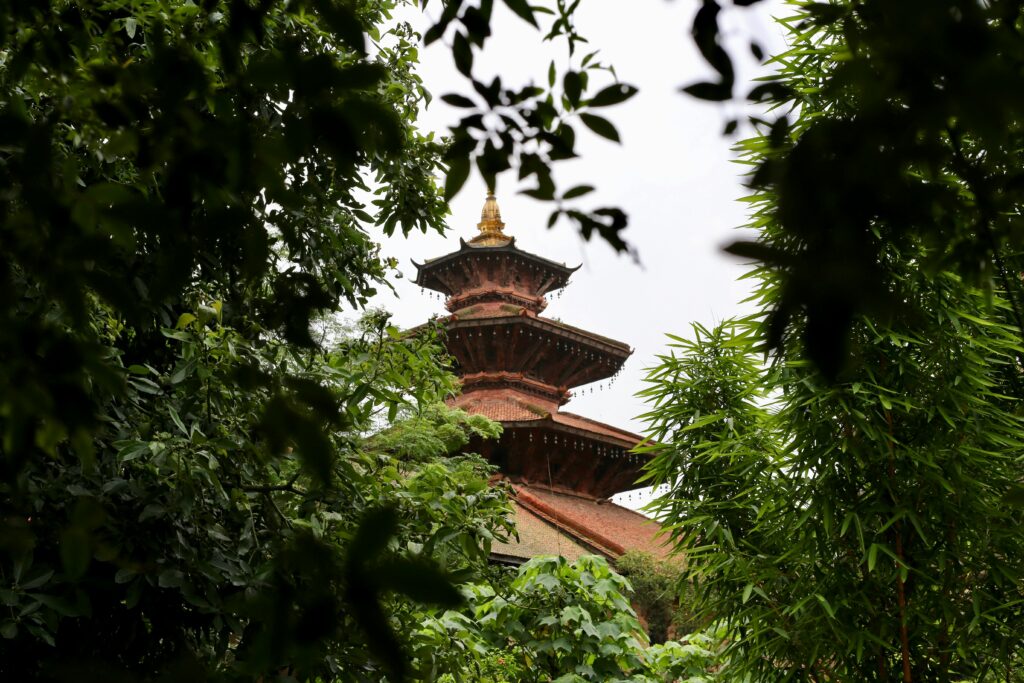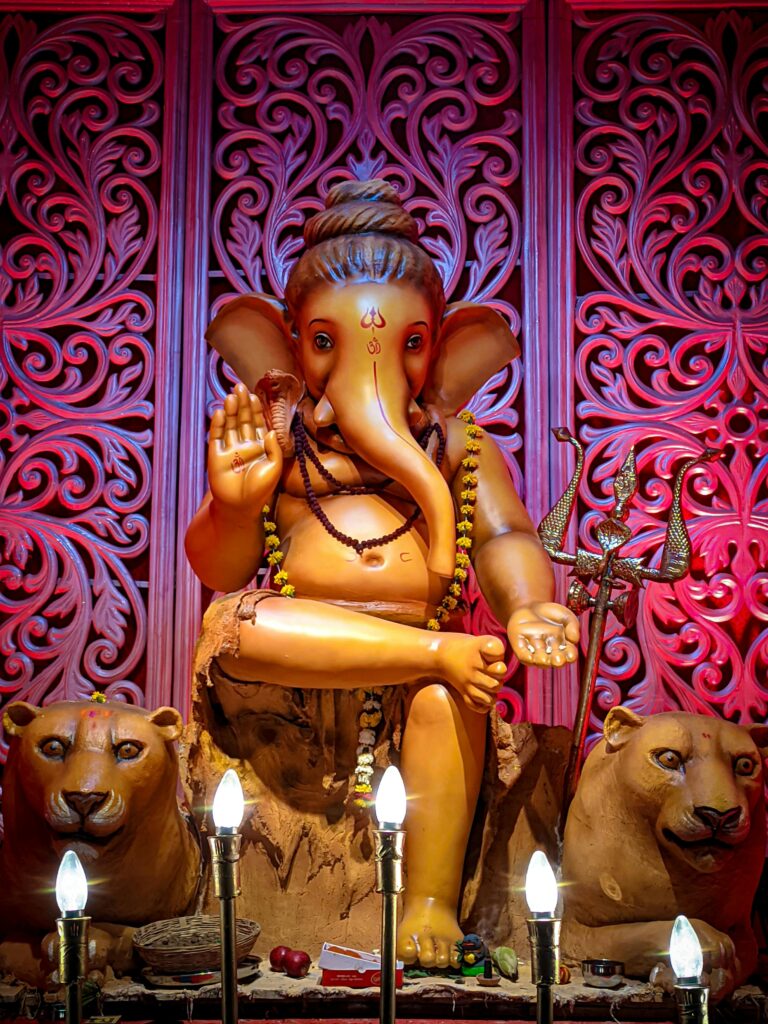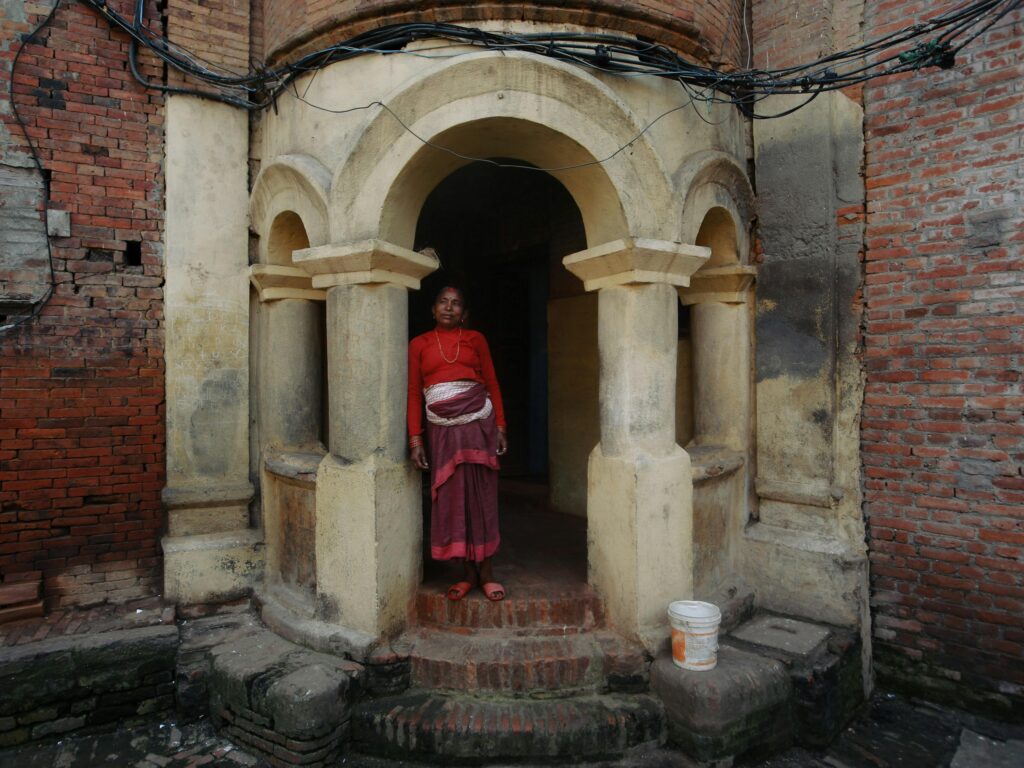This past weekend, I witnessed several friends and family in my home country of Nepal celebrate Holi, the colorful festival that commemorates spring, love, and new beginnings. It’s a celebration of the everlasting love between the god Krishna and goddess Radha, and also signifies the triumph of good over evil.
Hinduism is ripe with festivals and celebrations, those that celebrate both the victories of gods and goddesses alike. However, when religion and culture are so closely intertwined, there becomes a gray area where one has to carefully tread, and I am dipping my feet into those waters as we speak. For instance, I can’t help but think about the sexist implications of individuals that worship goddesses for the spiritual advantages, only to turn around and mistreat the actual women in their lives.
During significant holidays like Holi, it is likely that many people will go to temples to celebrate. And yet, there is a specific rule in Hinduism where a woman on her period cannot be in the presence of a god and cannot worship inside a temple. I am certain that millions of girls and women this past weekend were unable to worship, accept blessings, and participate in the celebrations because of their monthly biological inclination to bleed, something they cannot control.

So what’s going on here?
Nobody that I have asked has ever given me a reasonable explanation as to why this practice exists in the modern day, so I delved into the research myself. I found that there are several reasons for this practice. One is a physical matter – in ancient times, the heat, lack of feminine products, and lack of feminine care may have made periods particularly difficult to deal with, ranging from the smell, the stickiness, and the discomfort brought onto the woman. Additionally, blood was associated with infections. Even a man with a cut on his finger would have been considered to have an “impurity” that would bar him from the temple.
Another explanation is a spiritual one – in temples, the energy flows upwards. However, the energy flow of menstruation is directed downward. This can cause a clash of energies, a possibility for misalignment of the chakras. The last explanation I find particularly interesting – that when a woman menstruates, she is so powerful that she becomes a living goddess herself, which takes away the spiritual energy from the murthis (shrines) within the temple, which can lessen the power and influence of the gods, and so she must be barred.
Clearly, there is no single account or reasoning for this practice and we can refute many of these outdated explanations. For instance, we have modern medicine and feminine products that give us the opportunity to control and maintain the flow and pain of bleeding. And I simply find it hard to believe that the gods would create a human with the ability to “transfer” the energy away from the murthis. It is unlikely that the all knowing deities, several of whom are female, would bar the biological nature of women in their temples, and I have a strong inkling that it is moreso a rule created by men who do not understand the nature of a woman’s biology. It seems that this rule has gone from an ancient practice built on the practicalities of the time to a fear-mongering tactic that now just serves to further restrict and oppress a woman in the name of religion and spirituality.

Menstruation typically lasts 30-45 years, which is about half of a person’s lifetime. As a woman, our bodies prepare us from childhood to bring life into the world, regardless of whether we want to have a baby or not. Many women go through physical changes during pregnancy, most notably the pain of childbearing, the loss of miscarriage, the lows of postpartum depression, etc., just to keep the human species alive. It’s a miracle of bodily function and mental strength that should be celebrated, and yet menstruation, which makes this possible, is looked down upon. Of course, in some instances and sub-cultures within Hinduism, this is celebrated. But more often than not, it is seen as something dirty. Take the girls who are shunned into huts during their periods, which has led to many early and preventable deaths. Take one of my male cousins, who I recently learned viewed periods as so dirty and impure that he refused to even touch or be fed by his wife when she was bleeding. This is the type of behavior born from lack of education, fear, and misogyny.

The idea of menstruation has been convoluted and villainized, and in modern day there is little to no reasonable basis for this aspect of the culture to be maintained. I firmly believe that if it is a matter of spiritual energy, it is up to the woman to decide whether she feels her spirit will be disrupted by entering a temple when she is bleeding.
The barring of festivals and holidays should be done on a voluntary basis, focused on taking rest for the pain that the woman goes through, and treated with respect and not disgust. Women should be revered for the work that their bodies do every month, not ostracized for this important function in biology. Instead, it is used as a way for men to maintain control and power over women due to their own lack of understanding, not just of the woman’s body, but of the history of their own religion.
The barring of menstruating women from temples did not stem from the concept of impurity, but out of the idea of spiritual energy and practicality of their time – things that should be perceived and adapted to with reason, not upheld by strict and traditionalist beliefs that do not serve the present society.
Unfortunately, there is still a long way to go – but now that we’ve welcomed a new spring, I hope that it is an opportunity for continued progress within my culture and country.
Sources:
Hinduism and Women: Glimpses from a Feminist Perspective
In Hinduism, Respect the Sacred, Ignore the Sexism
Unearthing menstrual wisdom: Why we don’t go to the temple, and other practices


